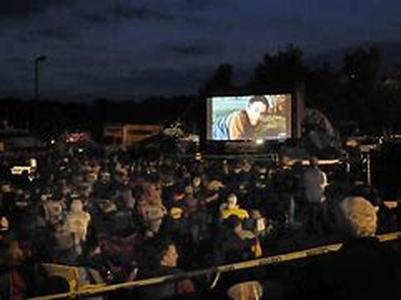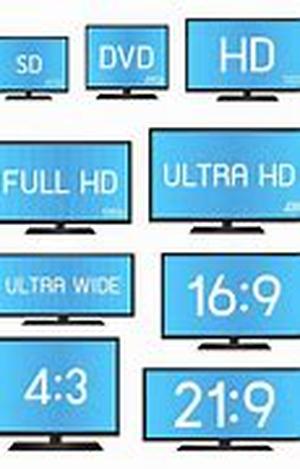
Do You Remember The Years When Television Was Only Limited To Thirteen Channels, Sometimes Even Fewer? Yep, It Was Dead Dull; It Was Either Youd Be Watching A Program You Didnt Like Or Turn Off Your Set, Which Was Of Course Always The Last Option As You Bought That Piece Of Device To Be Entertained And Not Left Idle. Luckily, Cable Television Came To Light, And Presto! Hundreds Of Channels Right At Your Own Comfortable Living Room In Just A Click Of A Finger, Or A Click Of The Remote So To Speak.Cable Television Actually Originated In Pennsylvanias Remote Valleys In 1948, When They Decided To Put A Solution To Their Reception Trouble Through Placing Antennas On Top Of Hills And Running Cables To Their Houses. Today, The Similar Technology That Was Once Used By Isolated Villages And Select Towns Permits Viewers From All Around The Globe To Access Extensive Assortment Of Programs, As Well As Channels That Suit Their Individual Wants And Desires. By Early 1990s, Cable Television Reached Almost Half Of The Homes In The US.These Days, Cable Television Brings Countless Channels To About Sixty Million Homes, At The Same Time As Providing An Increasing Number Of Populace With High-speed Internet Access. Several Cable Systems Also Allow The Possibility Of Making Telephone Calls, As Well As Receiving New Technologies In Programming. So What Is Cable Television? Its A System The Provides Television, Programming On FM Radio, And Other Services For Consumers Through Radio Frequency Signals Broadcasted Directly Into Peoples Televisions Via Set Optical Fibers (coaxial Cables), In Contrast To The Airing-technique Used In Conventional Television Broadcasting (through Radio Waves), Where A Television Antenna Is Necessary.Technically, Cable Television Entails Distributing Numerous Television Channels Gathered At A Central Site Called Headend To Subscribers In A Community Through A Branched System Of Optical Fibers (coaxial Cables) And Broadband Amplifiers. Conventional Cable Television Networks Work Strictly Through The Means Of Analog Signals; However, A Lot Of Cable Television Networks Also Take On The Utilization Of Digital Cable Technology (compressed Digital Signals), Permitting Them To Give Countless More Channels Than What They Could Provide With Just The Analog Alone.At The Start Of 2004 In The US, Conventional Cable Television Providers, As Well As Conventional Telecommunication Businesses Growingly Vie In Providing Video, Date, And Voice Services To Homes. The Combination Of Telephony, Internet Access, And Television Is Generally Known As Triple Play Despite Its Whether Telcos Or CATV Offers It.





